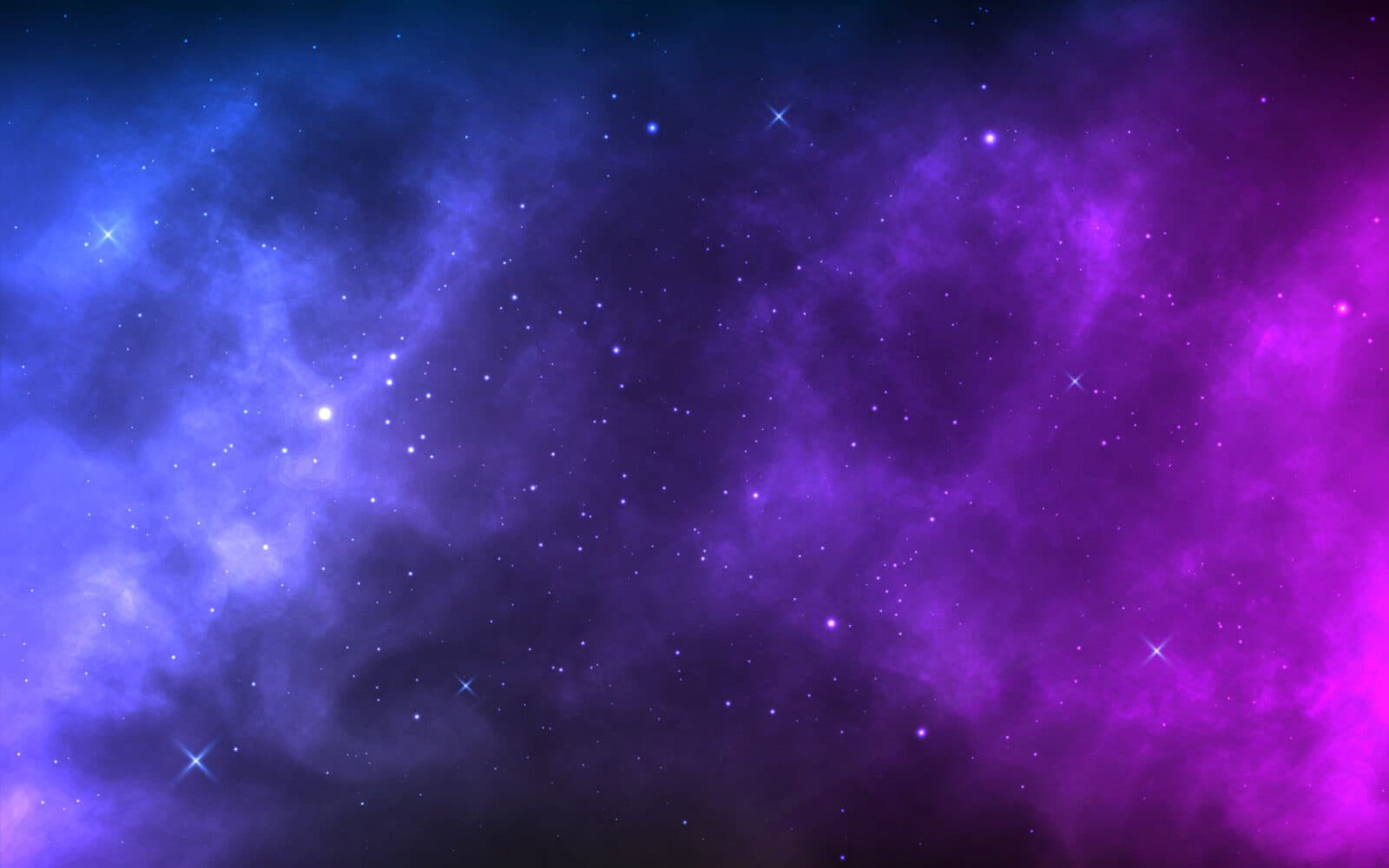Spotlight Live: Searching for Alien Life with a "Super-Hubble" Space Telescope
by Adam Hadhazy
Scientists answer questions about how a supersized telescope could trace cosmic evolution, from the primeval rise of chemical elements necessary for life to the potential for alien life right in our cosmic backyard.

The Author
The Researchers
SCIENTISTS HAVE JUST UNVEILED A bold proposal for a giant new space-based telescope that would be far more powerful than today's observatories. Called the High Definition Space Telescope (HDST), the instrument is essentially a supersized Hubble Space Telescope, with 100 times its ability to detect faint starlight.
The multibillion dollar HDST would be a game-changer, and if it advances beyond the concept phase, it would launch in the 2030s. With a mirror 25 times the size of Hubble's, HDST could delve deep into the universe's past to trace how gasses enriched with the elemental ingredients of life moved in and out of galaxies.

HDST also could examine dozens of Earth-like exoplanets that are too tiny for Hubble and its immediate successor, the James Webb Space Telescope, to see. HDST would scour their atmospheres for signs of alien life, perhaps finally answering whether or not we are alone in the cosmos.
The vision for the HDST was described in a July report spearheaded by the Association of Universities for Research in Astronomy (AURA), a consortium of global institutions that operate astronomical observatories.
The Kavli Foundation hosted a Google+ Hangout to learn more about HDST's promise from Julianne Dalcanton of the University of Washington, who was co-chair of the AURA committee, and committee member Marc Postman of the Space Telescope Science Institute. (Due to technical problems, committee co-chair Sara Seager, from the Kavli Institute at the Massachusetts Institute of Technology, was unable to join the Hangout.)
These scientists will answer questions about how HDST will trace cosmic evolution, from the primeval rise of chemical elements necessary for life to the potential for alien life right in our cosmic backyard, plus how to build such a powerful instrument.

About the Participants (left to right)
- JULIANNE DALCANTON – is a Professor in the Department of Astronomy at the University of Washington and the other co-chair of the HDST study. Her research focuses on the origin and evolution of galaxies.
- MARC POSTMAN – is an Astronomer at the Space Telescope Science Institute (STScI) and served on the committee for the HDST report. His research interests include galaxy cluster and large-scale cosmic structure evolution and formation, along with large space telescope design and implementation.
- ADAM HADHAZY (moderator) – is a freelance science writer who chiefly covers astrophysics and astrobiology. He has a Master's degree in science journalism from New York University.
Questions
- What drew you to the HDST project? (3:15)
- How will looking far back in to cosmic time help us understand how life arose? (7:50)
- What are the hurdles of trying to build such an advanced telescope? (11:35)
- Could the HDST be used to study things within our own solar system? (16:55)
- Why does it take so long to launch a spaced based telescope, like the HDST? (20:15)
- Will the High Definition Space Telescope help us find alien life better than our large ground-based telescopes? (21:55)
- Space-based telescopes are typically named after scientists, who do you think is a good candidate for the HDST? (25:45)